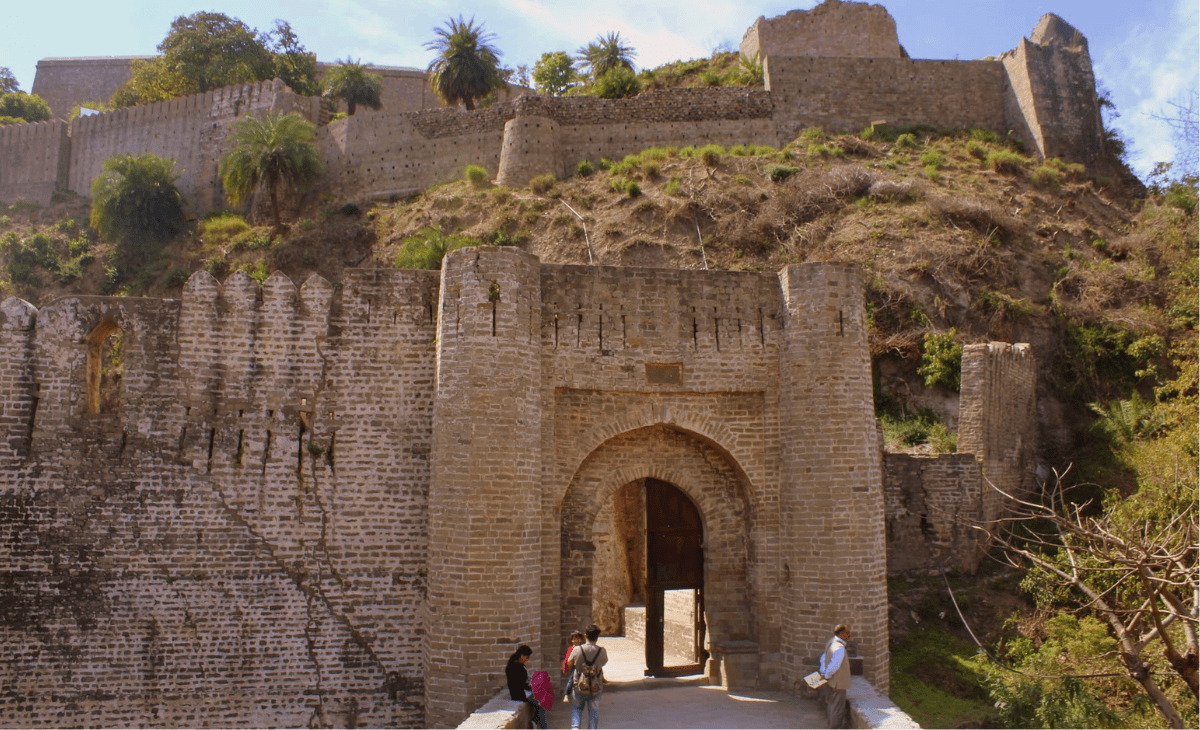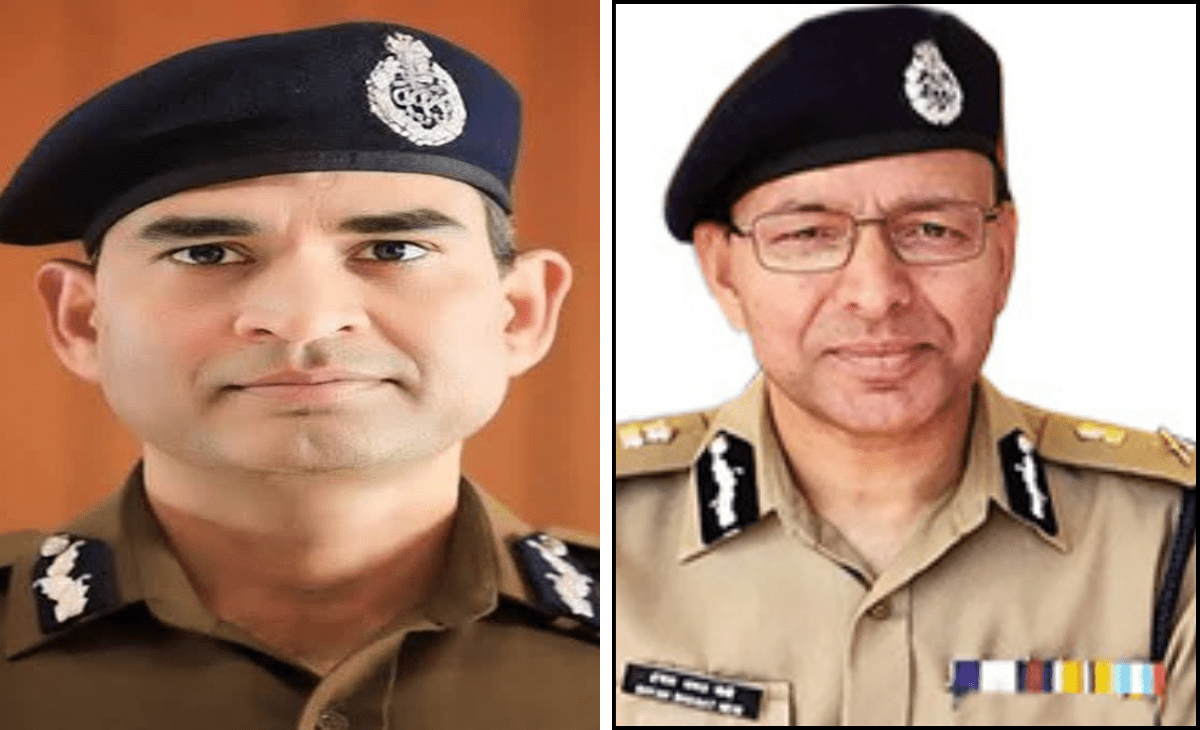Himani Sharma
Kangra Fort is renowned for its majestic architecture and rich historical legacy. Situated in the Kangra district of Himachal Pradesh, it is one of the oldest and most historically significant forts in India.
According to the Archaeological Survey of India, it is the eighth largest fort in the country. The earliest recorded mention of the fort dates back to the fourth century BCE in the war chronicles of Alexander the Great. It is also known by names such as Nagarkot, Kot Kangra, and Bhimkot.
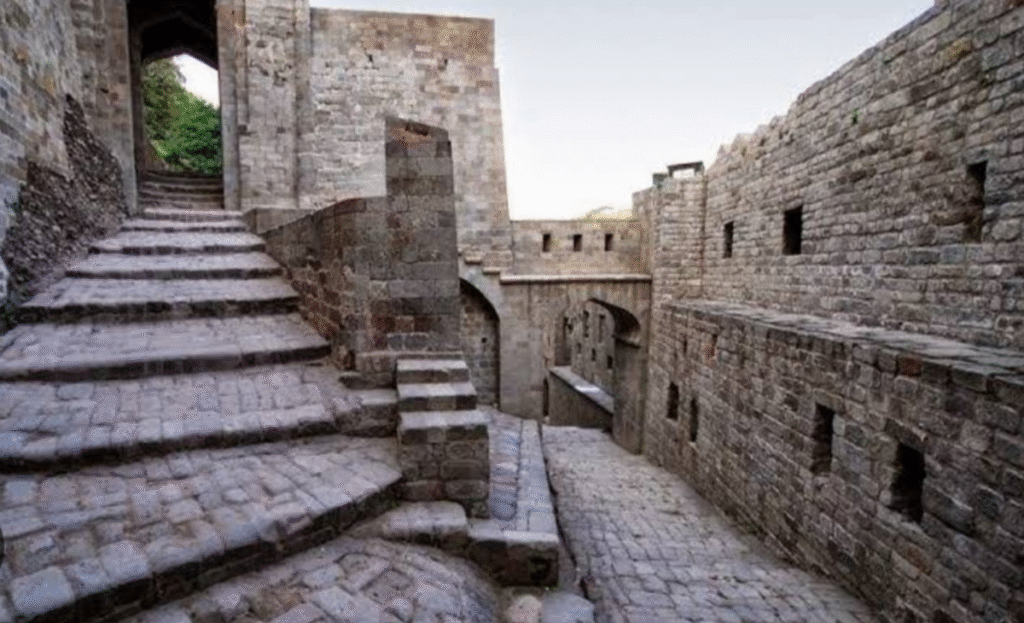
Kangra Fort was the stronghold of the rulers of the Katoch dynasty, who trace their lineage to the Trigarta Kingdom described in the Mahabharata. King Susharma Chandra of the Katoch dynasty is believed to have fought on the side of the Kauravas during the epic war and later constructed this fort. The history of this fort is believed to span approximately 3,500 to 5,000 years, making it one of the most ancient forts in India.
Strategic significance
The fort is perched on a steep hilltop at the foothills of the Dhauladhar mountain range, at the confluence of Beas river and its tributaries Baner, Manjhi and Banganga. This location gave the fort great strategic advantage, serving as a strong defense against invasions. The region now forms part of the old Kangra territory.
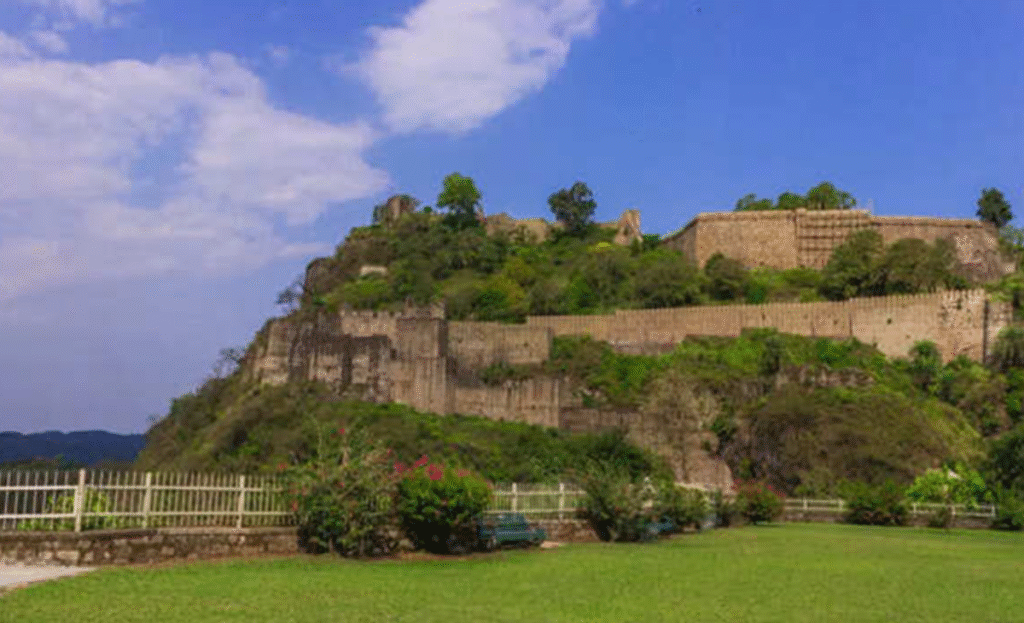
The fort was famed for its wealth and prosperity. It is believed that numerous secret tunnels within the fort were used to store the state treasury and precious loot seized from other kingdoms.
Endured countless invasions
The fort endured countless attacks, as nearly every ruler who invaded India sought to seize control of it. It was said that whoever controlled Kangra Fort controlled the hills as well. In 1009, Mahmud of Ghazni, lured by the fort’s legendary wealth, launched a brutal attack, looted its riches and carried off vast treasures.
The Mughal emperor Akbar laid siege to the fort in 1615 but failed to conquer it. However, in 1620, his son Jahangir succeeded in capturing the fort, which then remained under Mughal control until 1783. Jahangir also commissioned the construction of a mosque within the fort.
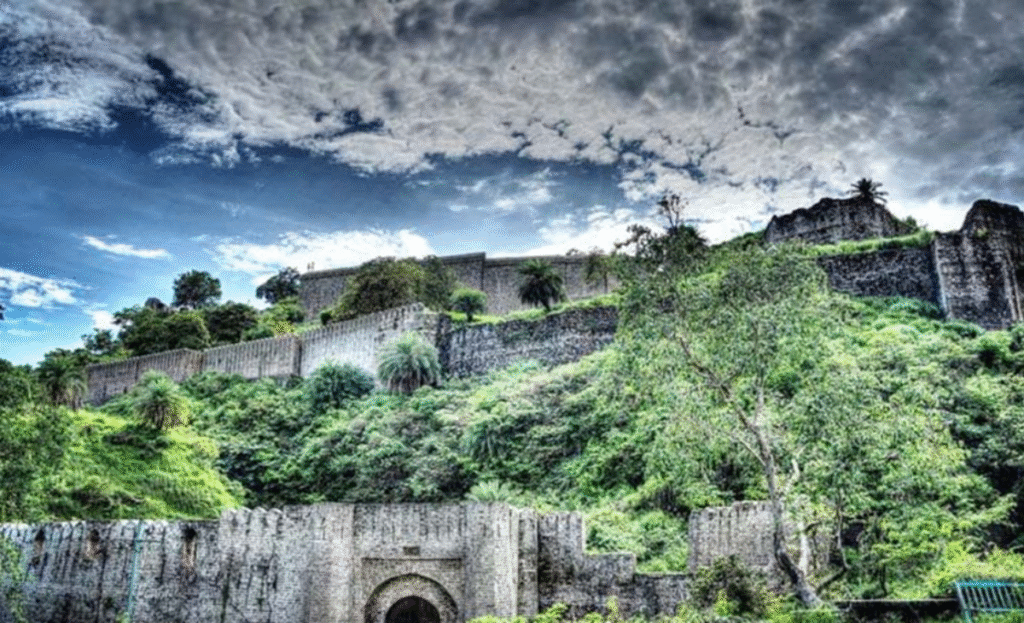
Following the decline of the Mughal empire, Raja Sansar Chand II, a descendant of Raja Dharam Chand, reclaimed the fort in 1789 with the assistance of the Sikh leader Jai Singh Kanhaiya.
After the death of Raja Sansar Chand in 1828, Maharaja Ranjit Singh seized control of the fort. Later, in 1846, after the Anglo-Sikh War, the British took over the fort.
On April 4, 1905, a devastating earthquake severely damaged the structure, causing much of it to collapse. The British subsequently abandoned it. The fort remained neglected until the Archaeological Survey of India took it under its protection.
Survived devastating 1905 earthquake
Even after the destructive earthquake of 1905, the vast expanse and architectural brilliance of Kangra Fort remain visible. Its strong gates, towering walls, and the ancient temples of Ambika Devi and Lakshmi Narayan within the fort continue to reflect its grandeur. From the upper parts of the fort, one can witness breathtaking views of the surrounding hills and valleys.
Under the rule of Raja Sansar Chand, Kangra became a flourishing center of Pahari art, especially miniature painting, and was culturally vibrant and literarily enriched.
Monument turns tourist attraction
Today, Kangra Fort is a protected monument under the Archaeological Survey of India and a prominent tourist destination. It draws history enthusiasts and travelers alike. The museum within the fort displays an exquisite collection of ancient artifacts, weapons, traditional attire, and coins.
Kangra Fort stands as a proud symbol of the heritage of the hills, echoing stories of valour, cultural splendour, prosperity and the passage of time.


